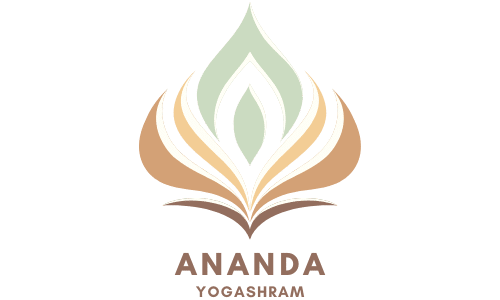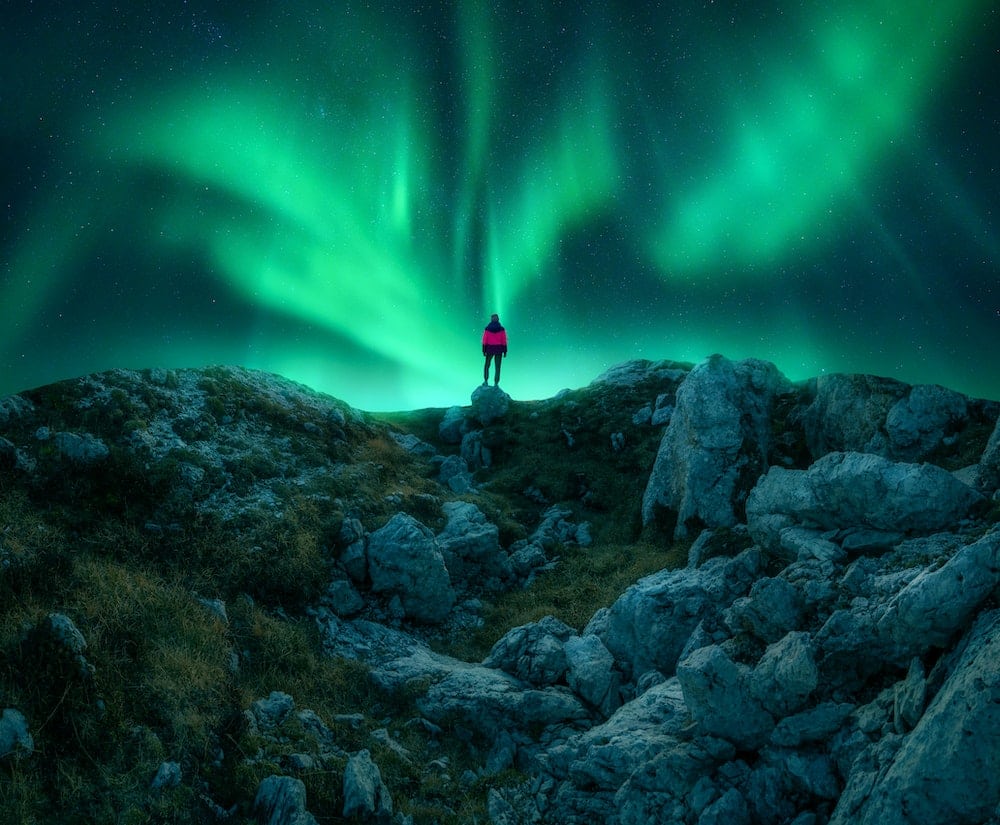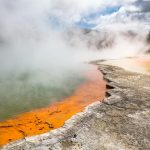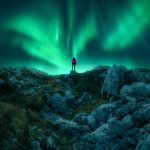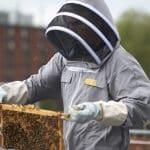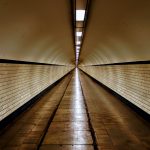With the ethereal shimmer of green, blue, and sometimes even red, the Northern Lights – or the Aurora Borealis – has been a mystical spectacle for humans since time immemorial. As one of nature’s most glorious night-time displays, the Northern Lights have become a bucket-list sight for avid travellers, hopeful romantics, and especially keen photographers. This article will focus on how you can best capture this extraordinary phenomenon – particularly in the Orkney Islands, Scotland – with an array of practical tips and recommended equipment.
Understanding the Northern Lights
Before you venture into the cold night to photograph the Northern Lights, it’s crucial to understand what they are and how they work. The Northern Lights, also known as Aurora Borealis in the northern hemisphere, are a natural light display in the Earth’s sky, predominantly seen in high-latitude regions such as Orkney, Iceland, and Tromso in Norway.
A lire également : How can visitors with limited mobility access the beaches of Norfolk?
The best time to witness this spectacle is during winter months when the night sky is at its darkest. The phenomenon occurs due to collisions between charged particles from the sun that enter the Earth’s atmosphere. Different types of gas particles produce varying colors, usually green, pink, and occasionally red, yellow, blue, and purple.
Choosing the Perfect Spot in Orkney
The Orkney Islands, located off the north coast of Scotland, offer some of the best opportunities for viewing and photographing the Northern Lights. Thanks to its high latitude and low light pollution, you’ll have a good chance of capturing the aurora on a clear, dark night.
A voir aussi : Which seafood markets in Devon should you visit for fresh catches?
Some favorite spots for aurora enthusiasts include the Ring of Brodgar, the Brough of Birsay, and the Bay of Skaill. These locations offer a wide, unobstructed view of the northern sky, ideal for aurora photography. However, remember that the aurora is a natural phenomenon and can’t be predicted with complete accuracy. It’s all part of the adventure!
Timing and Weather Conditions
When it comes to capturing the Northern Lights, timing is everything. The best period to capture these lights in Orkney is during the winter months, from November to February, when the nights are longest and the sky is darkest. The lights are most likely to appear between 10 pm and 2 am, but this is not set in stone.
Weather conditions are also crucial in your aurora hunt. Clear, cloudless skies are essential to see the lights. Keep an eye on the weather forecast, as well as aurora forecasts which provide real-time information about solar activity and the potential visibility of the Northern Lights.
Camera Settings and Equipment
Capturing the lights requires more than just a good camera. You’ll need to adjust your camera settings appropriately to capture the best images. Start by setting your camera to Manual mode, with an ISO between 800 and 3200, depending on the strength of the lights and your camera’s capabilities.
The aperture should be set as wide as possible (the lowest f-number your lens allows), and the shutter speed should be between 15 and 30 seconds. You’ll also need a sturdy tripod to keep your camera stable during long exposures, and a remote shutter release to prevent camera shake when pressing the shutter button.
A lens with a wide focal length (between 14mm and 24mm) is advised for capturing the broad expanse of the sky. Orkney’s freezing temperatures also mean you should invest in extra batteries as the cold can drain your camera’s power faster than usual.
Composition and Creativity
While technical proficiency is key to capturing the Northern Lights, don’t neglect the importance of composition and creativity. The aurora itself is mesmerizing, but including interesting elements in your foreground can make your images more compelling.
In Orkney, you have an array of ancient monuments, stone circles and rugged coastlines at your disposal. These can all serve as great subjects to include in your frame, adding context and depth to your aurora images. Be imaginative and experiment with different angles and perspectives.
Remember, photographing the Northern Lights is not only about the final image but also the experience. It’s about venturing into the night, braving the cold, and witnessing one of nature’s most mesmerizing displays. So, enjoy the moment, and hopefully, the strategies mentioned above will help you return with stunning images of the Northern Lights over the Orkney Islands.
Post-Processing Techniques
Post-processing can be an essential step in bringing your northern lights photographs to life. It can help you recover details, adjust colors, and enhance the overall impact of your images. Use editing software like Adobe Lightroom or Photoshop for this purpose.
Start by correcting the white balance. The automatic white balance setting on your camera might not capture the actual colors of the aurora borealis accurately. You can adjust it in post-processing to reflect the true hues of the lights. Usually, a balance towards the cooler side (blue) works well for northern lights images.
Next, tweak the contrast and saturation to bring out the details and vibrancy of the lights. Be careful not to overdo these adjustments as it can make your image look unnatural. Fine-tune the shadows and highlights to enhance the depth and dimension in your image.
Noise reduction is another important step since high ISO settings can introduce noise into your images. However, apply noise reduction sparingly as excessive use can result in loss of detail. Sharpening your image can also help to bring out the details in the northern lights and the foreground elements.
Remember, post-processing is a tool to enhance your images, not to create a scene that wasn’t there. The aim is to reflect the beauty of the aurora borealis as you saw it with your own eyes.
Concluding Thoughts
Photographing the northern lights or aurora borealis is undoubtedly a dream for many photographers. The Orkney Islands, with their high latitude and low light pollution, offer one of the best places to witness and capture this mesmerizing natural phenomenon. The best time for this is during the winter months, from November to February, when the night sky is at its darkest.
Getting that perfect shot involves a combination of elements: understanding the phenomenon, choosing the right spot, timing your shoot correctly, using appropriate camera settings and equipment, composing your shots creatively, and applying post-processing techniques correctly. Remember, each of these elements can heavily influence the final outcome of your shoot.
While the northern lights are unpredictable, preparation and patience can increase your chances of successfully capturing them. Keep an eye on the weather forecast and solar activity, be ready to adapt to changing conditions, and most importantly, enjoy the experience.
In the end, it’s not just about the images you bring back but also about the memories you make while on this exciting adventure. So, pack your bags, ready your camera, and set off on your journey to the Orkney Islands to witness and capture the enchanting spectacle of the northern lights. Happy shooting!
